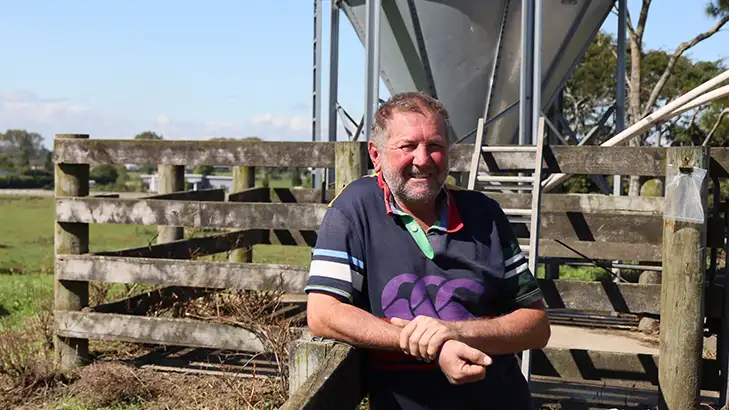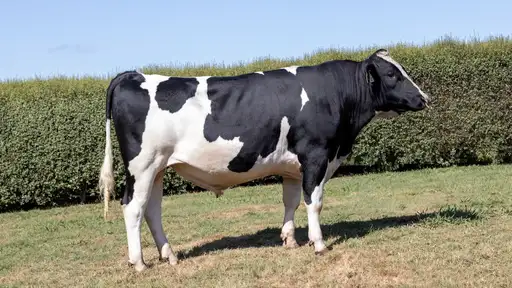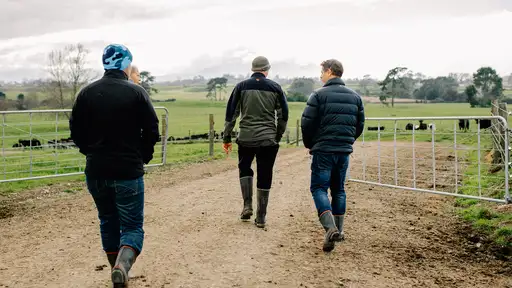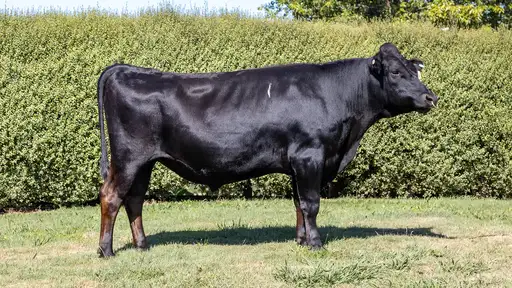But health-related disease can attack any herd, and seven years ago this occurred when a wave of clinical Johne’s Disease shot through the herd. That’s when a long fight-back began, and today the herd is back to its healthy, productive, self.
It’s a source of pride: Steve and Wendy Skelton’s herd has always possessed excellent genetics, and their top cows are regularly singled out for contract matings by breeding companies such as LIC.
But in 2017, in the back of his mind, Steve knew the odd cow just wasn’t right.“We had a really wet year, and they started calving, but as the cows came in they just weren’t milking that well,” Steve says.
“We’d had a BVD scare with a PI calf the year before. I also thought it could have been Theileria again (the tickrelated problem had also been an issue in the previous season), so we got the vet out to look at these six cows in particular, and he said ‘Theileria hasn’t been an issue in this area this year’.”
Steve was certain those previous health issues led to some stress among certain animals in the herd, which he believed to be a trigger for what stood before him in those six cows.
“Then we thought ‘Johne’s Disease’ because that’s what it looked like,” Steve said. “You know, they were losing weight, had no-good production, scours… they just looked (unhealthy). So we got them tested through the vet, and they all came back positive, Johne’s.”

The vet immediately recommended a Johne’s Disease (JD) milk test on the entire herd, made possible through LIC’s herd testing service.
Verified testing showed the combination of ‘high-positives’ and ‘positives’ totalled 16% of the Skelton’s herd.
Culling the severely JD-affected cows began, initially with the six JD-cows, Steve said.
Within the space of the following four years, he and Wendy were forced to cull a further 75 JD cows.
At the beginning, the vet explained to Steve the complexity of the noncurable disease, and how other farmers had fought against the bacteria to at least manage and control its spread on-farm, but it was explained it would be a long haul.
“Because we had a two-year-old heifer test positive for the disease, the vet said if that happens you’ve got a major problem.
”I remember, at the time, that LIC and the vet put on a seminar about Johne’s up at the golf course. I was surprised how many farmers were there – that golf club room was full of people – that’s how many people are being affected by Johne’s.”
The vet’s message – that a long term, disciplined, management plan was essential – was reinforced at the meeting.
Back on the Skelton’s farm, the plan kicked in to gear. Aside from the JD milk test, further tests on blood and faecal matter were carried out to confirm high-positive cows, clearly distinguishing this group from the positive cows.
Because Steve could not afford the short-term hit of culling all his JD affected cows, he began by culling only the high-positive cows in the first season.
“It was way too many cows to do in one hit, so the ones we kept, we put a leg-band on… when they came in the shed we made sure we didn’t take any colostrum or milk off those cows (for calf-feeding purposes).”
In addition to the February JD milk testing across all milkers in 2017, Steve and Wendy decided to do a further JD milk test in September as reassurance that JD-affected milk wasn’t getting fed to the calves.
“We did that for the first two seasons,” Steve says. “We simply had to have careful attention to detail.
“We also had to keep all young stock off the effluent (irrigated paddocks). We’ve stuck to that plan for all seasons since that time.”
Anything that was suspect had their calves immediately separated following birth, Steve said: “We want to avoid them suckling from their Mums, or ingesting (faeces) during or after birth – we can’t see them falling over in effluent either.”
The emotional toll of culling such a high number of top cows had been hard to take, Steve said. “I love my cows. And our BW took a hit too. But I had to think of the young stock, and I thought she was eventually going to die from the disease anyway.”
Steve added that he couldn’t risk doing embryo transfer work on any cow that might be affected by JD, which he felt sure also held his herd back.
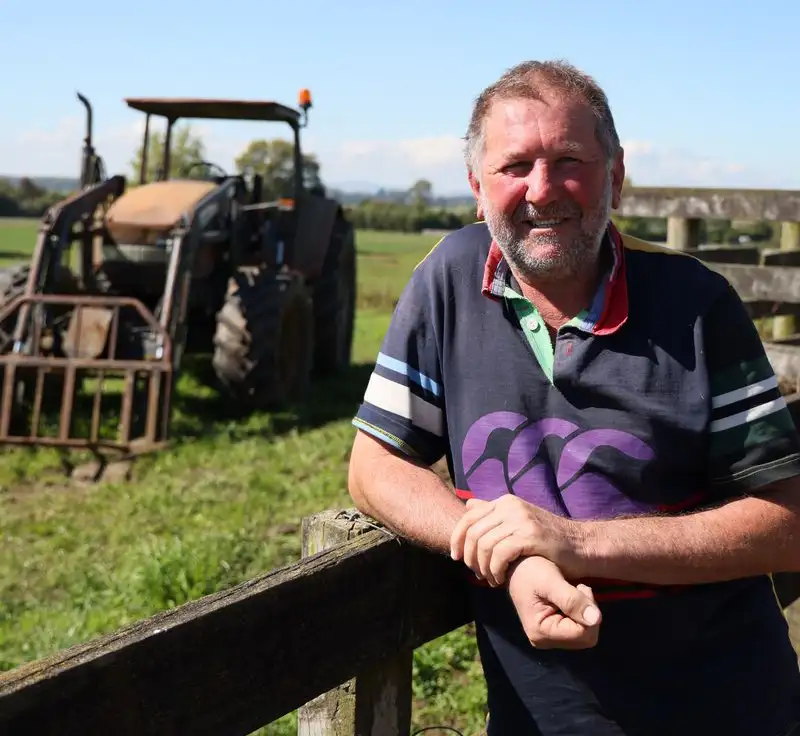
Steve Skelton, Gordonton farmer
Today, JD-affected cows in the herd can be immediately dealt with, Steve said, thanks to continuous monitoring and management.
“The last few we culled, well, to look at them you wouldn’t know; two were beautiful cows and were unfortunately four year-olds.
“And one of those was out of a Johne’s cow; we kept it because she was a damn good cow, so we just thought we’d take a chance, but no.”
Even if fellow farmers didn’t think they were affected, Steve’s advice was that they learn about Johne’s Disease as a matter of prevention: “A calf is vulnerable from day one, right through until they’re two-years-old. If they aren’t exposed to the bacteria in those initial two years, they’re alright.”
Any sign of a JD animal should be addressed, Steve said. “They won’t milk as well, production will fall, and the herd will slowly lose out. All discretionary choices will vanish, and all investments in genetics will get cancelled out.
“The trouble is people don’t want to know, they bury their heads in the sand, but eventually it’ll bite you because it’ll only get worse, it won’t get better. Don’t let it get to that point. Accept there is a problem and address it by getting a vet in, getting the JD test, and drawing up a management plan and sticking to it.”
Today, Steve’s herd quality, and herd health, remains among the top echelon in the country, and he and Wendy are pleased to have their herd looking a picture of health, with the cows cranking out production the way they ought to.
Skelton Farm – JD information
|
2017/18 |
2018/19 |
2019/20 |
2020/21 |
2021/22 |
2022/23 |
|
|---|---|---|---|---|---|---|
|
Total animals milk tested |
2017/18 187 |
2018/19 184 |
2019/20 195 |
2020/21 175 |
2021/22 203 |
2022/23 398* |
|
% JD positive or high-positive |
2017/18 15.5 |
2018/19 9.8 |
2019/20 12.8 |
2020/21 4.6 |
2021/22 1.5 |
2022/23 2 |
|
JD culls (MINDA info) |
2017/18 6 |
2018/19 25 |
2019/20 14 |
2020/21 26 |
2021/22 10 |
2022/23 4 |
*a neighbouring herd was purchased, with part of the same neighbouring block leased for grazing.
